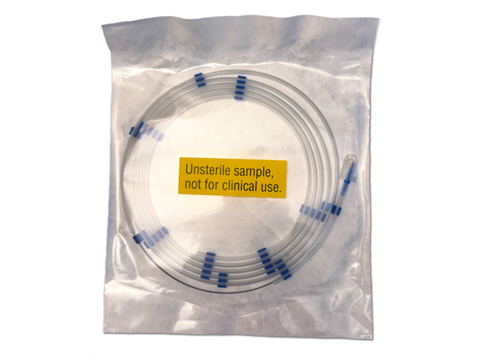
Coveris and SABIC report that they are recycling Zuyderland Medical Centre’s medical plastic waste into new contact-sensitive packaging, using it to ship guidewires back to the same hospital in a closed-loop system.
An estimated 1,700 kilotonnes of non-contaminated polyethylene and polypropylene medical waste are thought to be incinerated every year. The partners argue that these materials are technically recyclable, and while sterility and patient safety standards are important considerations, they ‘often make circular solutions difficult to implement’.
In 2024, Zuyderland Medical Centre began recovering its own non-contaminated plastic waste, which would otherwise be sent for incineration. Now it collects the waste in separate pink bags, then sends it to SABIC for processing – first into pyrolysis oil, then into its certified circular TRUCIRCLE PE polyethylene, which is said to align with ‘strict’ medical standards.
Coveris Halle extrudes film from the ‘virgin-like’ resin. Coveris Rohrdorf takes the film and converts it into sterile pouches, which are sent to Artivion to package their vascular surgery guidewires. These are sent back to Zuyderland Medical Center to create a closed-loop system.
Apparently, the final pack contains 25% recycled medical waste, using certified circular attribution according to the mass balance approach. This approach is hoped to help the medical industry conserve resources and cut down on waste.
The project comes under SABIC’s TRUCIRCLE initiative and Coveris’ No Waste vision.
“At Coveris, we see collaboration as key to a circular future, and we are extremely proud to be part of this pioneering initiative,” said Jan-Willem Bruijsten, segment director, Medical. “It proves that circularity in healthcare packaging is possible.
“The project fully echoes the core values of our No Waste vision. This partnership is a perfect example of how we can make meaningful impact by joining forces.”
Khaled Al- Jalawi, global Circular Economy director at SABIC, continued: “We are excited about this pioneering circular business model pilot, which showcases the potential of circular plastic innovations when leading actors from across the medical ecosystem closely collaborate.
“Non-contaminated medical plastic waste represents a valuable feedstock opportunity, and SABIC TRUCIRCLE solutions could play a major role in advancing circularity in healthcare.”
Visitors can learn more about this project at Coveris’ stand (Hall 8B, Stand J25) at Compamed 2025 from 17th – 20th November in Düsseldorf.
This development comes after a report from Systemiq and Eunomia warned that European healthcare systems generated over 900,000 tonnes of single-use plastics, and 5 million tonnes of CO2e emissions, in 2023. It also examined the industry’s efforts to overcome these impacts, from reprocessing select medical devices to redesigning rigid device packaging.
In other news, DuPont is helping Olympus Corporation implement renewable feedstocks into its single-use medical device packaging in a mass balance approach. Expecting to cover over 100 single-use device categories in its first phase, the collaboration aims to lower CO2 emissions.
If you liked this story, you might also enjoy:
The ultimate guide to the Packaging and Packaging Waste Regulation in 2025
How are the top brands progressing on packaging sustainability?
Everything you need to know about global packaging sustainability regulation in 2025
The key to increasing the use of reusable packaging in supermarkets

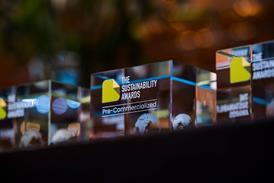

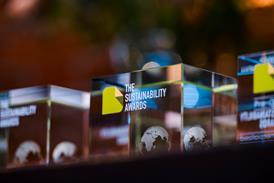
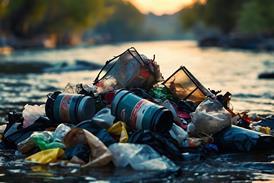
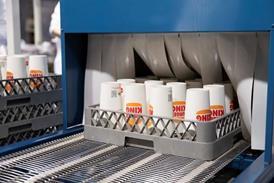












No comments yet